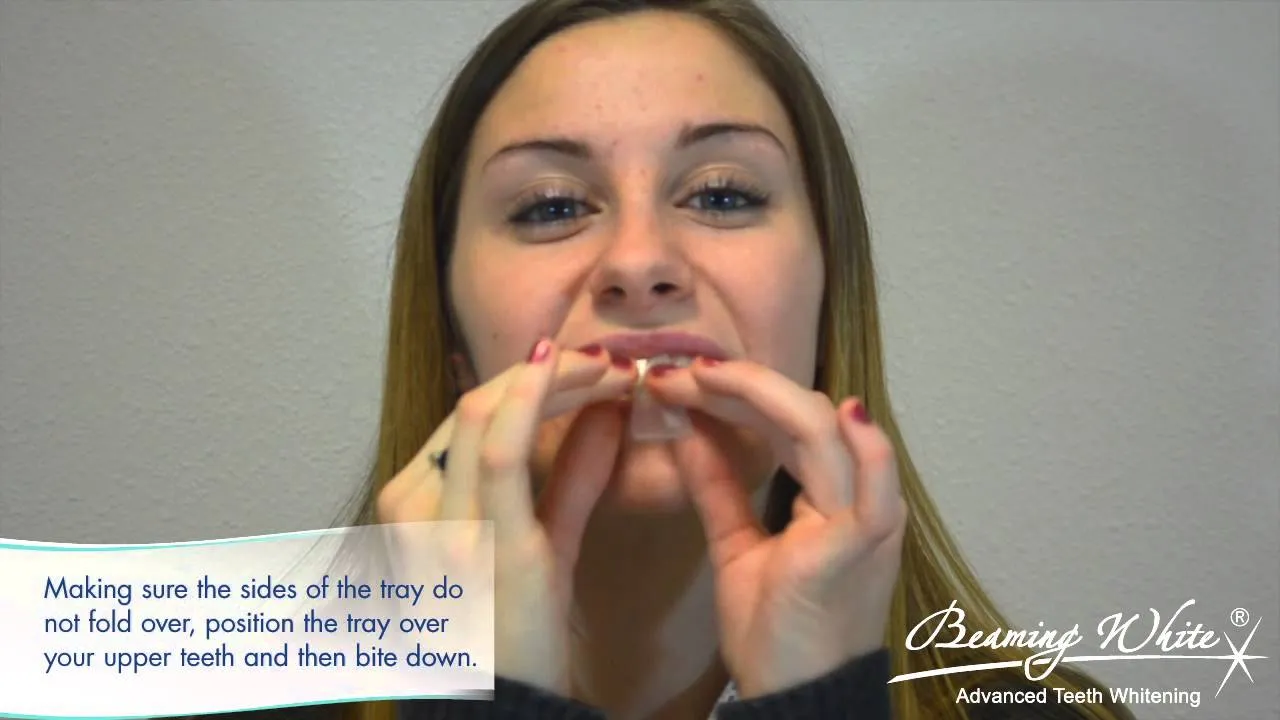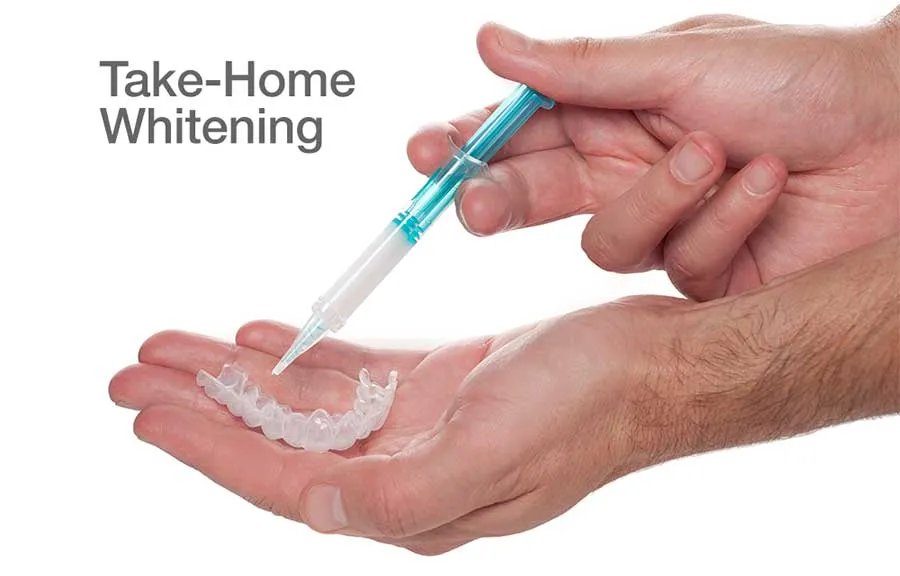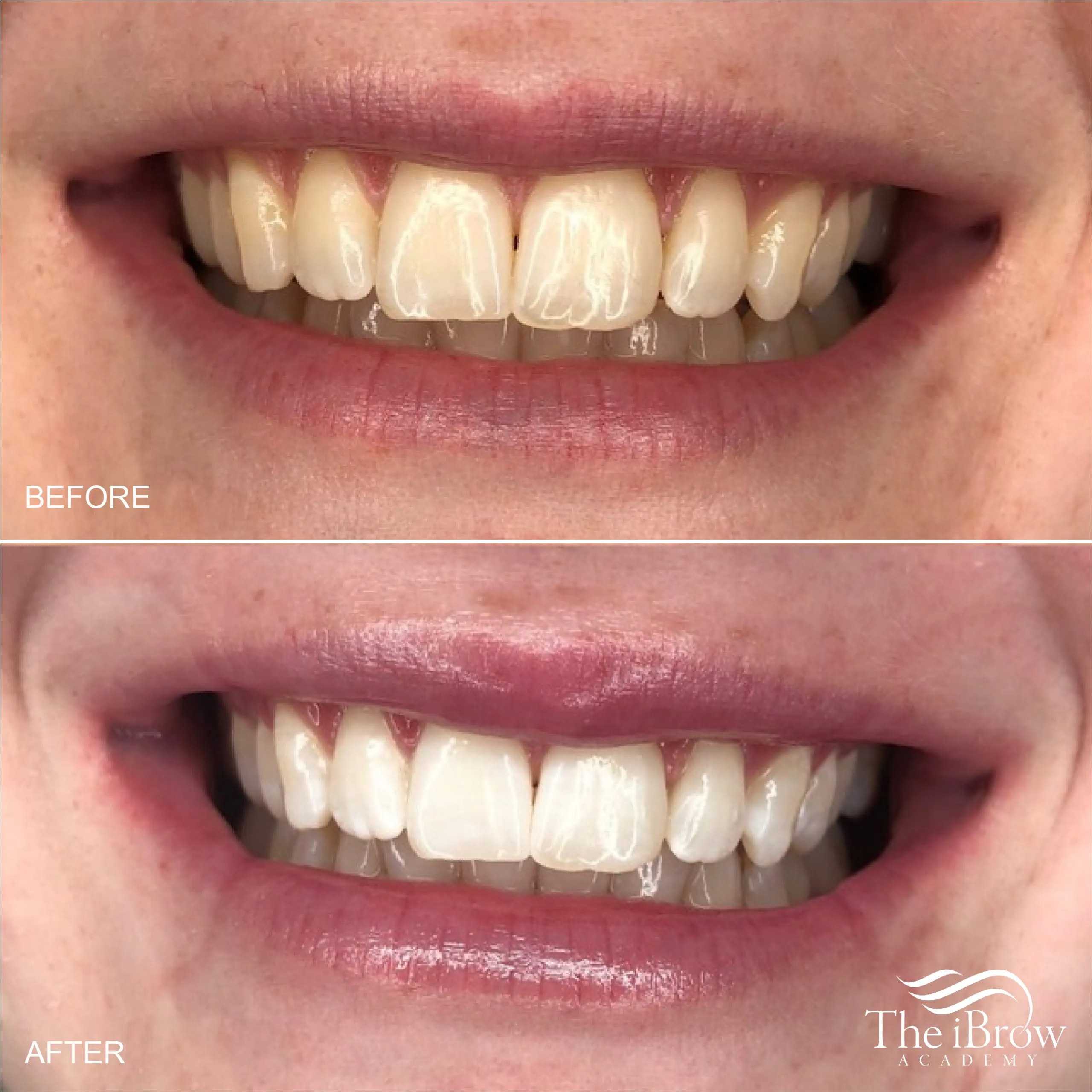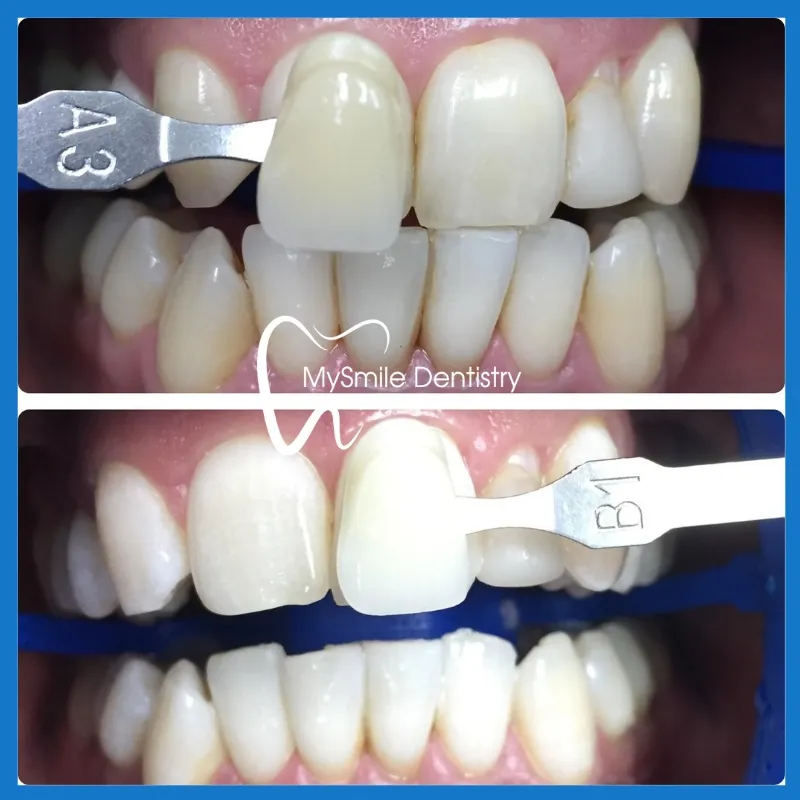What is a Teeth Whitening Mould
A teeth whitening mould is a custom-fitted or pre-fabricated tray designed to hold teeth whitening agents in close contact with the teeth. These moulds are crucial for effective and even teeth whitening. They ensure the whitening gel or solution stays in place, maximizing its contact with the enamel and preventing it from being washed away by saliva. The design of a teeth mould varies, ranging from those created by a dentist to more generic versions available over-the-counter. Their primary function, however, remains consistent supporting the whitening process and helping to achieve a brighter smile.
Understanding the Importance of Whitening Moulds
Whitening moulds play a pivotal role in the effectiveness of teeth whitening treatments. The close fit of the mould ensures the whitening agent, typically a peroxide-based gel, adheres to the tooth surfaces. This intimate contact is essential for the bleaching process to occur efficiently. Without a properly fitted mould, the whitening agent can be diluted by saliva, reducing its effectiveness. Moreover, the mould helps to protect the gums from irritation, which can occur if the whitening agent comes into direct contact with the soft tissues of the mouth. The correct use of whitening moulds can significantly enhance the speed and uniformity of the whitening results.
Choosing the Right Whitening Mould

Selecting the right teeth whitening mould depends largely on individual needs and preferences. Custom moulds, created by a dentist, offer the best fit and are designed to perfectly match the contours of your teeth. This ensures optimal coverage and prevents the whitening agent from leaking out and causing gum irritation. Over-the-counter options include pre-fabricated trays, which are more readily available and affordable but may not fit as precisely. When choosing a mould, consider the material it’s made from; flexible and comfortable materials enhance the user experience. It’s also vital to consider the ease of cleaning and maintenance to ensure oral hygiene.
Top 5 Methods for Whiten Teeth Fast
Professional Teeth Whitening
Professional teeth whitening, performed by a dentist, is often the fastest and most effective method for achieving dramatic results. This method typically involves a higher concentration of whitening agents than those available in over-the-counter products. The dentist will apply the whitening solution to your teeth, often using a custom-fitted tray or mould to maximize contact. The process may also include the use of a special light or laser to accelerate the whitening process. Professional whitening offers the advantage of immediate results under the supervision of a dental professional, ensuring safety and addressing any potential sensitivity or discomfort that may arise.
At-Home Whitening Kits with Moulds

At-home whitening kits offer a convenient and more affordable alternative to professional treatments. These kits typically include a teeth whitening gel and a set of pre-fabricated or custom-fit moulds. To use them, you fill the mould with the whitening gel and wear it for the recommended duration, as indicated in the instructions. The effectiveness of at-home kits varies, with results usually becoming visible over several days or weeks of consistent use. It is important to follow the instructions carefully to prevent gum irritation or sensitivity. These kits offer a way to whiten teeth at your own pace, in the comfort of your home.
Whitening Toothpaste and Moulds
Whitening toothpastes, when used in conjunction with a whitening mould, can boost the effectiveness of your whitening routine. Although whitening toothpastes contain mild abrasives or chemical agents that help remove surface stains, they typically do not significantly alter the intrinsic color of the teeth. Using a mould with whitening toothpaste allows for prolonged contact of the toothpaste with the teeth, potentially enhancing its stain-removing capabilities. This method can be used as a supplementary approach to other whitening techniques, helping maintain the brightness of your smile between professional treatments or other at-home methods. It’s important to remember, however, that toothpaste alone provides limited whitening.
Over-the-Counter Whitening Strips and Moulds
Whitening strips are another popular over-the-counter option. These flexible, thin strips are coated with a whitening agent and are applied directly to the teeth. While convenient, whitening strips may not always reach all surfaces of the teeth evenly, particularly in the back or between teeth. Using a teeth whitening mould in combination with strips can help. After applying the strips, inserting the mould can ensure better coverage and more uniform distribution of the whitening agent. This can lead to more effective results, especially if you have uneven tooth surfaces or want to target specific areas for enhanced whitening.
Natural Teeth Whitening Methods Using Moulds

For those seeking a gentler approach, natural teeth whitening methods combined with a mould can be a viable option. These methods often include the use of natural ingredients like baking soda or activated charcoal, which can help remove surface stains. While less powerful than chemical whitening agents, these natural substances are considered safer for those with sensitive teeth or who prefer to avoid harsh chemicals. Using a teeth whitening mould with these natural agents, particularly in a paste form, can increase contact time with the teeth, potentially enhancing their stain-removing effects. However, the results are generally more subtle and may require more frequent use for visible changes.
How to Use Whitening Moulds Effectively
Step-by-Step Guide to Using Moulds
Using teeth whitening moulds effectively involves several key steps to ensure both safety and optimal results. First, clean your teeth thoroughly to remove any food particles or plaque. Next, carefully apply the whitening gel into the mould, ensuring not to overfill it, which could cause the gel to leak and irritate your gums. Insert the mould into your mouth, making sure it fits comfortably and snugly against your teeth. Follow the manufacturer’s instructions for the duration of wear, typically ranging from 30 minutes to several hours, or as recommended by your dentist. After removing the mould, rinse your mouth and clean the mould thoroughly to remove any remaining gel before storing it.
Tips for Maintaining Whitened Teeth

Maintaining whitened teeth requires a commitment to good oral hygiene and mindful lifestyle choices. Regular brushing with a whitening toothpaste or a toothpaste recommended by your dentist is essential. Floss daily to remove food particles and plaque from between teeth. Avoid or minimize consumption of staining foods and beverages, such as coffee, tea, red wine, and berries. If you do consume these items, rinse your mouth or brush your teeth soon after. Regular dental check-ups and professional cleanings are also crucial. Consider using touch-up treatments with your whitening mould as needed to maintain your desired level of brightness. These strategies will help prolong the results of your teeth whitening treatment and keep your smile radiant.
